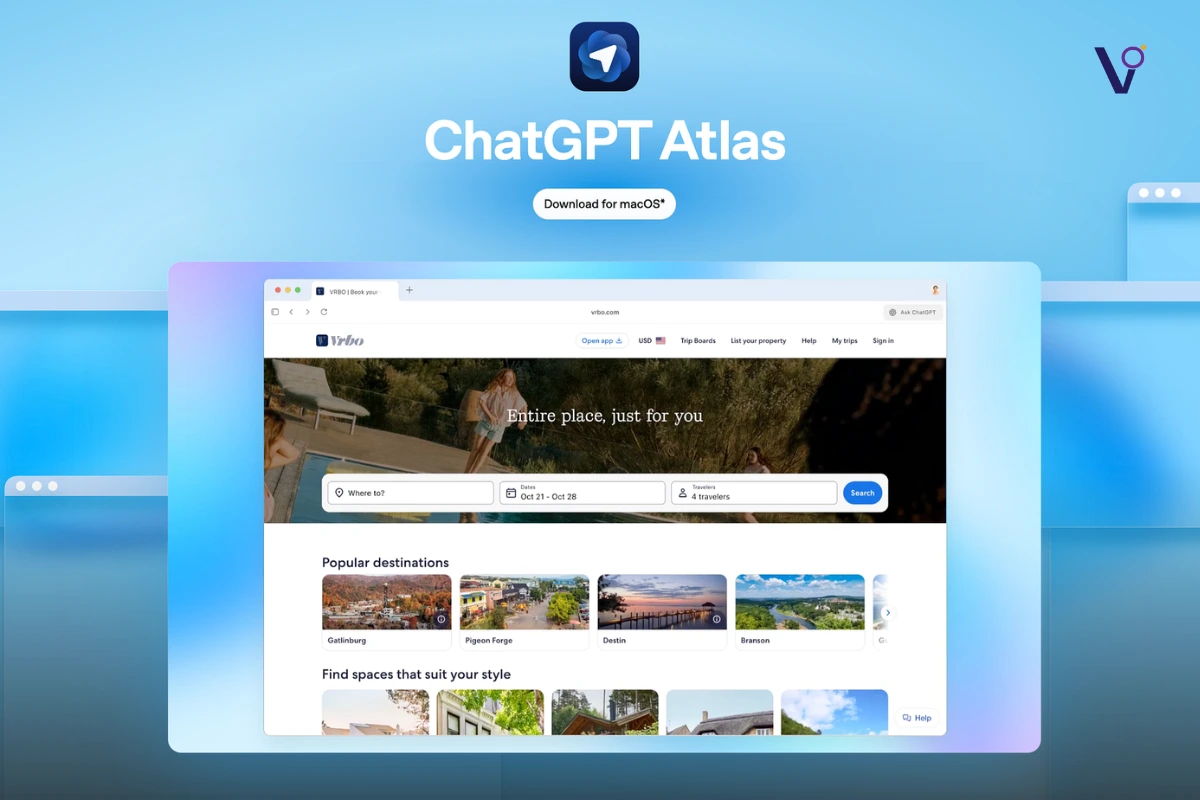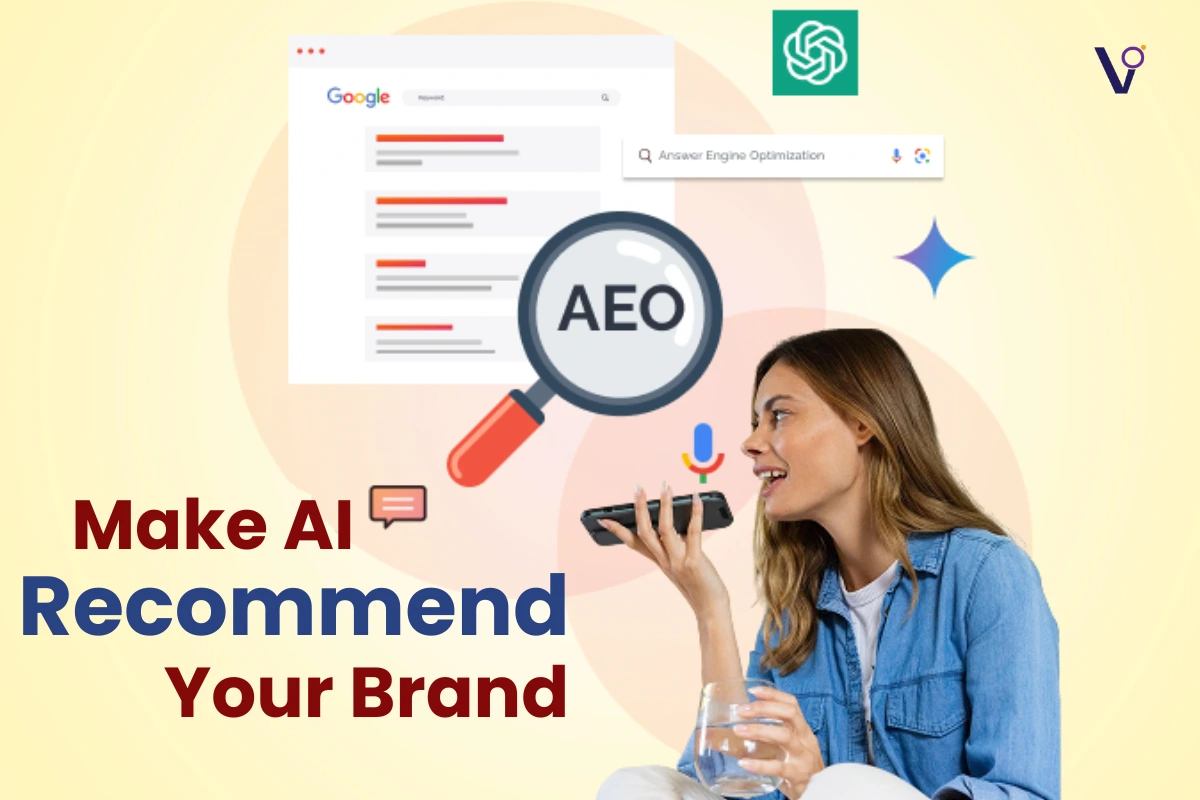Any business, whether freelancer, agency owner, or marketer trying to expand his customer base, needs lead generation. However, if you are a beginner, generating leads might seem complicated or too hard to handle. So, we have come up with a lead generation guide for you. Using this, you can generate thousands of leads in a fast-paced manner.
Based on inspiration from people such as James Dooley, who specializes in lead generation strategies, we are going to outline both manual and automated processes in order to help you cut the whole process down. You will learn how to determine key metrics or KPIs so you get more leads and can be efficient with your maximum results.

What is Lead Generation?
Lead generation refers to the identification and attraction of potential clients who might be interested in your services. In simple words, a “lead” is a person or organization that can potentially become a future customer. For example, if you are a video editor, then anybody searching for video editing services would be a lead. Similarly, a real estate agent looking for promotional materials or even contacts within their industry could be valuable leads.
Lead generation means collecting key information like names, business websites, social media handles, and contact details to follow up later. There are free and paid ways, such as using Google Maps or leveraging on the instance of ChatGPT to automate some of the steps. James Dooley, a prominent figure in lead generation, highlights that finding leads is only the first step. To truly maximize your efforts, measuring KPIs is crucial.

The Basics of Lead Generation KPIs
KPI basically stands for Key Performance Indicators, but in simple terms, it means metrics that give you insight about how well your lead generation strategy is doing. Measuring your KPIs shows you which areas to assign further resources. Here’s what to get started by tracking lead volume:
- Facebooks Ads
Facebook gives businesses access to more than 1.93 billion daily active users through targeted ads. By leveraging targeted advertising, businesses can reach specific demographics, ensuring that their ads are seen by those most likely to convert. One of the most prominent advantages is cost-effective advertisement, with the lowest CPL rates ranging between just 10 INR to 100 INR in India. This makes it possible for a company to utilize the best advertising budget by producing quality leads. If you’re looking for the lowest CPL and leads that convert, ViralOmega has services specialized for businesses to complement lead generation efforts. According to the experts, you can optimize your advertising strategy through effective Facebook ad campaigns. - Lead Volume
This KPI measures how many leads you produce within a particular time, such as a day, week, or month. High lead volume indicates that your tactics are on point, but quality isn’t to be overlooked either. To optimize lead volume, identify what’s driving success. For example, if you see a spike in leads after using Google Maps to locate businesses in your area, continue to prioritize this method. - Lead Quality
Quantity alone doesn’t guarantee success; lead quality is equally, if not more, important. This KPI assesses the relevance and potential value of your leads. You can improve lead quality by refining your search criteria, such as specifying niche industries or geographic locations. - Cost Per Lead (CPL)
CPL measures how much you’re spending to acquire each lead. If you’re using paid tools or services, keeping this KPI low is essential for cost-effective marketing. You might be using free methods like ChatGPT and Google Maps now, but once you move to paid platforms, such as Apollo.io or D7 Lead Finder, CPL will become a critical metric to monitor. Lowering CPL can be achieved by optimizing your lead sources or automating repetitive tasks to save time and resources. - Conversion Rate
The percentage of leads you could turn into paying clients is your conversion rate. For instance, when you had 100 LinkedIn leads and 5 of them converted, that is a 5 percent conversion rate. To enhance your conversations, use personalized messages on outreach and include compliments on the business of your lead. - Time to Conversion
This KPI measures the duration it takes for a lead to travel through your sales funnel. By tracking this metric, you know how quickly you are converting leads into clients and where the bottlenecks are. Tools such as Lemlist can automate follow-ups and reduce time to conversion. - Lead Engagement Rate
Engagement rate will measure how responsive your leads are to your emails or other outreach methods. That means they open your emails or engage with your social media posts. If the engagement is high, that means you are reaching your potential clients, whereas low engagement shows that you must change your strategy.
Lead Generation Guide
To improve your lead generation KPIs, consider these proven strategies:
- Use Google Maps for Localized Leads
Produce leads that originate from geographical locations by searching on Google Maps using a term such as “realtors in New York.”. You will then compile contact information as you pursue the task of creating an individually targeted lead list. The process is time-consuming and free, and it also works well. - Automate the Process with ChatGPT
ChatGPT can streamline your lead generation process. Use Google search with “site.com” and add your niche, location, and “@gmail.com” to find potential clients. Copy the data and paste it into ChatGPT using a prompt to get the data in a CSV file. This is very well-suited for freelancers or small business owners looking to save time in lead generation. - Invest in Lead Generation Tools
Paid tools like Apollo.io or D7 Lead Finder provide advanced features, such as access to contact information and filtering by niche and location. While these require a budget, they can significantly speed up the process, allowing you to generate thousands of leads within minutes. - Cold Emailing and Personalization
Cold emailing remains one of the most effective outreach strategies. Using personalization to increase response rates. In your email, address the lead by name, add a compliment about their business, and introduce your services. This personalized approach sets you apart from generic sales emails, increasing the likelihood of a positive response.
How to Measure and Improve Lead Generation KPIs
- Regularly Update Your KPIs
Review your KPIs every month or quarter. Trends might be identified with necessary adjustments before it’s too late. Should the conversion rate drop more than expected, it would be worth another review of the cold email strategy and targeting criteria to see how they may improve. - Test Different Outreach Messages
Try different types of messages to see what is really engaging and bringing replies. Open rates, click-through rates, and reply rates all help you to understand the best approach for reaching your target audience. - Segment Leads by Quality
Not all leads have the same potential. Segmenting them into categories based on quality can help you allocate resources more efficiently. High-quality leads deserve more personalized follow-ups, while lower-quality leads can be handled with general outreach. - Utilize Retargeting Campaigns
If you have a list of potential clients who have expressed interest but have not converted as yet, then retargeting campaigns must be employed. These only remind your business to lead converters later on.
Final Thoughts on Lead Generation
Here’s a video you can check out for more tips and tricks on lead generation.
Lead generation is a continual learning process. By keeping your offer compelling, tracking your KPIs, and adapting based on your results, you can build a reliable pipeline of clients, regardless of your industry or location.
Lead generation is created by identifying potential customers and engaging them. Outbound lead generation includes methods like cold calls, emails, and ads to capture interest and convert them into leads, eventually moving them through the sales funnel.
The fastest ways include paid ads, social media campaigns, and targeted email marketing. These methods can quickly attract potential customers and turn them into leads if your outreach aligns with their interests.
Increase lead generation by optimizing your website, using SEO to attract organic traffic, creating quality content, and maintaining active social media profiles to engage more potential customers.
B2B leads are often generated through networking, LinkedIn, professional referrals, webinars, and industry events. Content marketing, such as blogs or whitepapers, can also attract business leads by addressing industry-specific needs.
Content marketing builds trust by educating prospects through blogs, ebooks, and videos. When they find your content helpful, they’re more likely to engage and consider your product or service.



